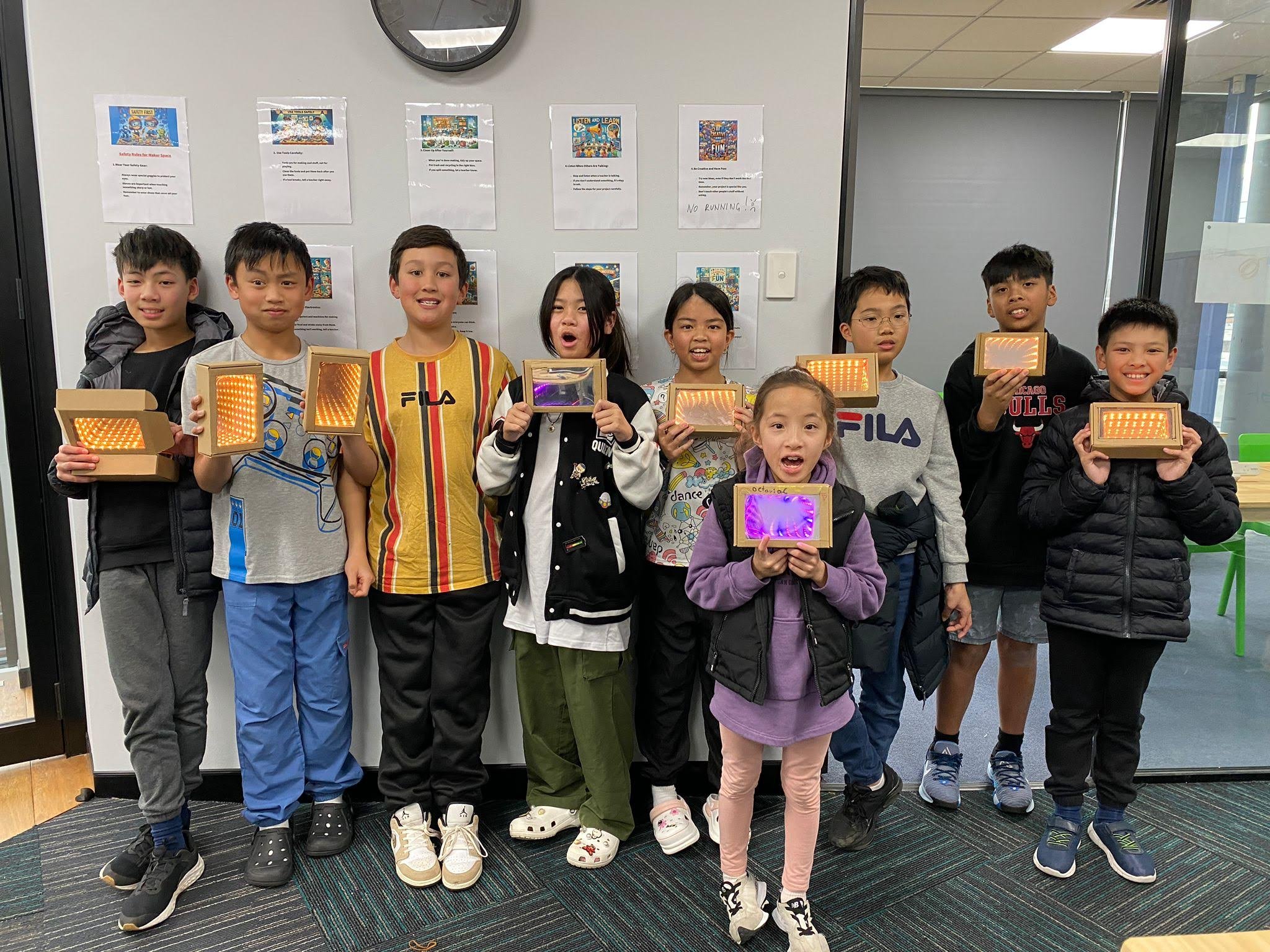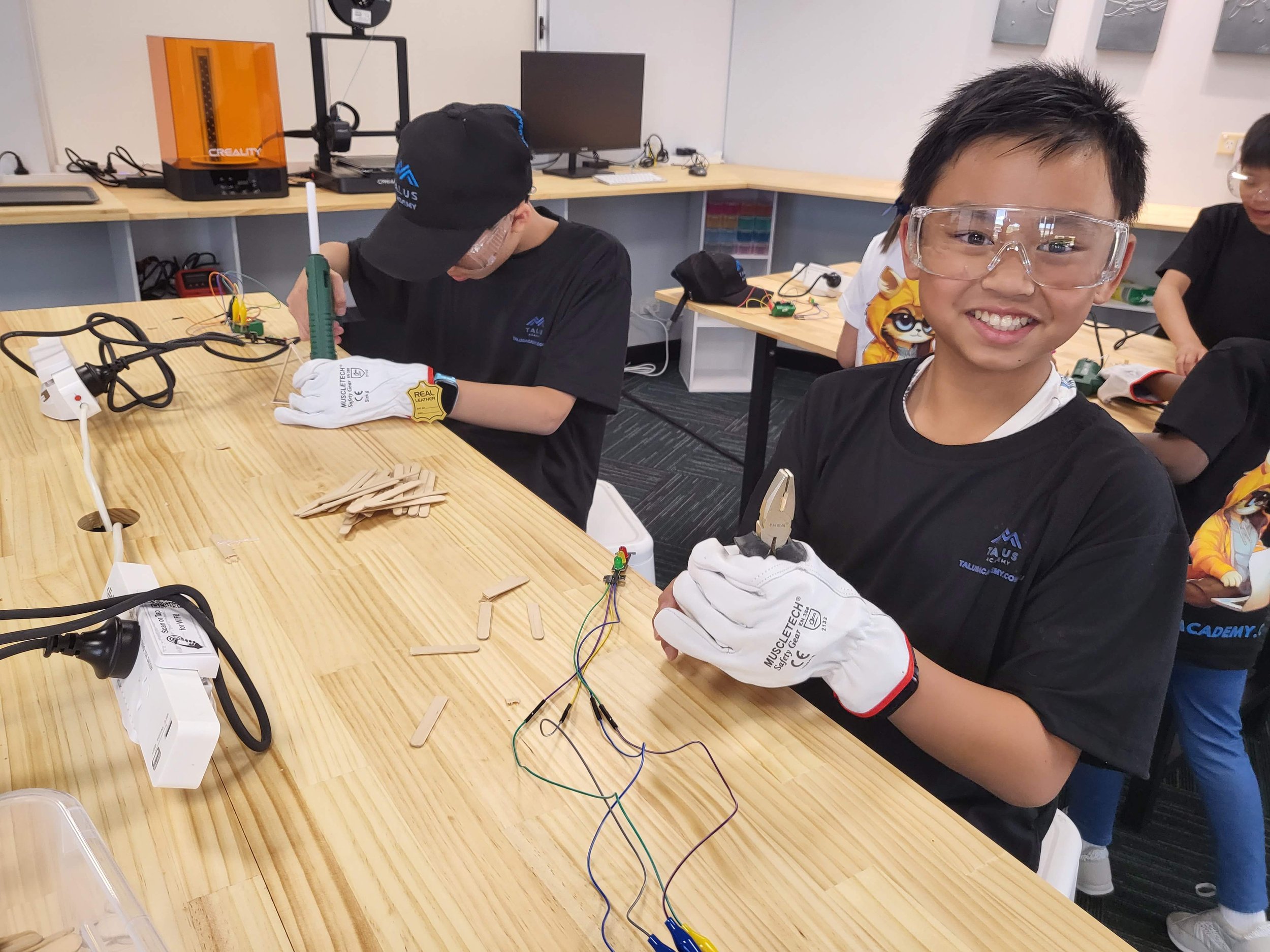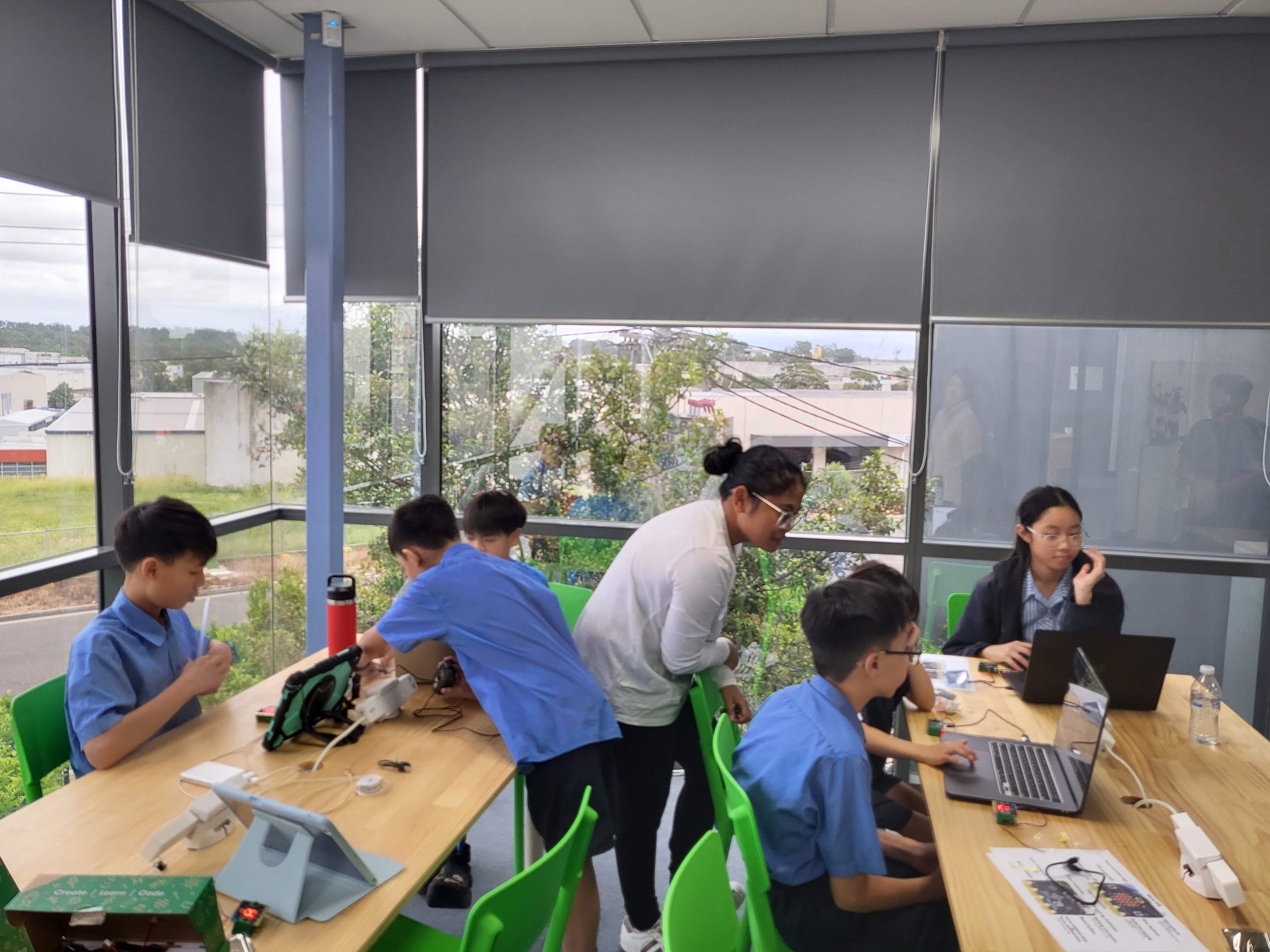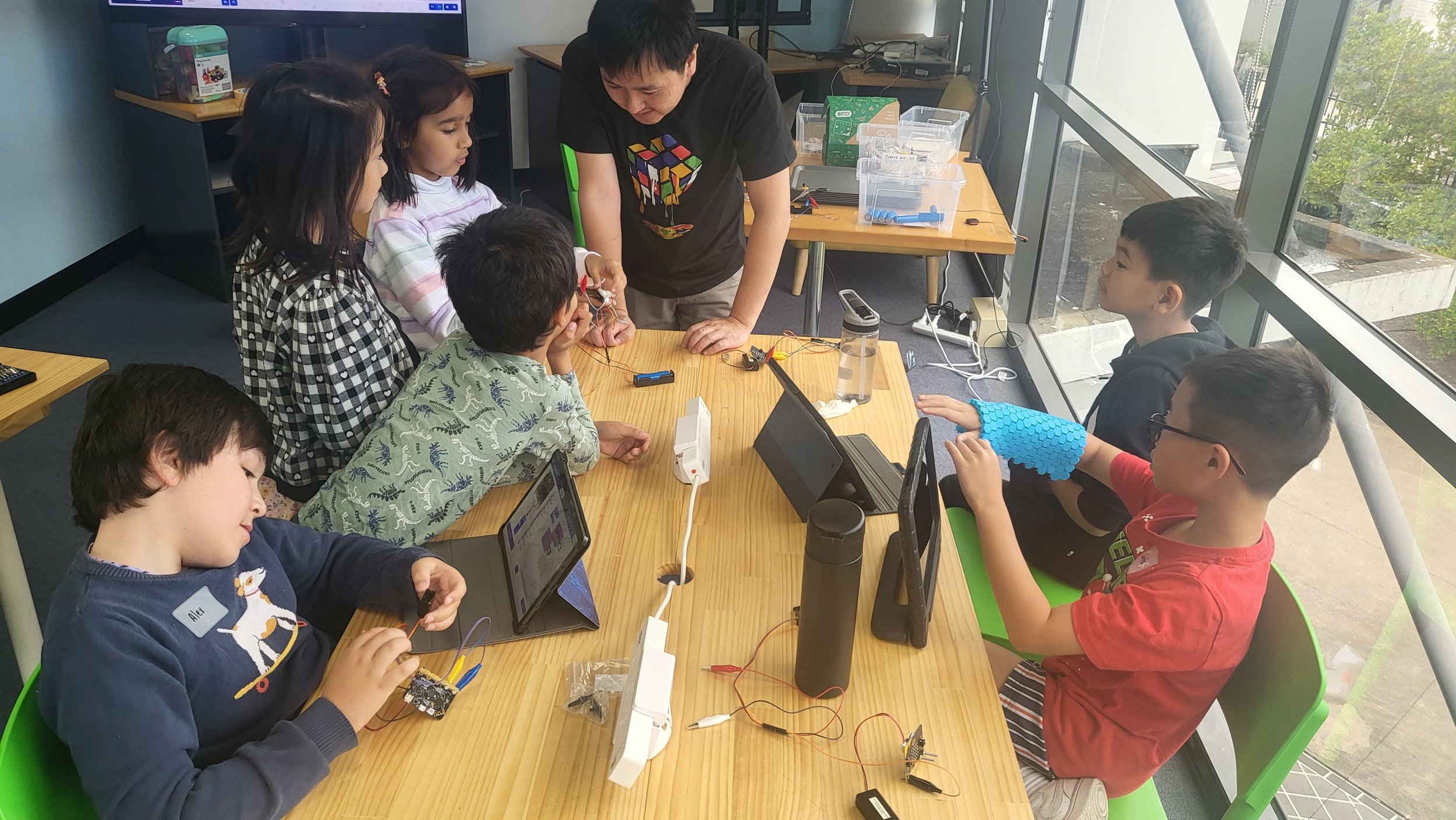Coding 👩🏻💻
In the digital age, coding has become a fundamental skill across various industries, not just technology. The art of coding is a blend of creativity, logic and innovation. At Talus Academy, our approach to teaching coding is uniquely progressive, ensuring that every student, regardless of their starting point, is set on a path to mastery and innovation.
Our comprehensive coding curriculum starts with the basics of computer languages and logic and progresses to more complex programming and app development. Our programs are tailored to inspire innovation and creativity, enabling students to build their own programs and solutions from an early age.




Our three step process to coding
Every step of our coding journey is intentional, ensuring that by the end of their time with us, Talus Academy students are well-equipped with coding skills and the analytical and problem-solving capabilities that the modern world demands. Their projects, a testament to their growth, mirror real-world applications, preparing them to be frontrunners in the tech-dominated era that lies ahead.
1.
An Engaging Introduction: Block-Based Programming
Recognising that the best learning often happens when it’s fun, we kickstart our after-school education program in Coding with block-based programming integrated into beloved games like Minecraft. This seemingly playful approach introduces students to foundational concepts of coding in an environment they are comfortable and enthusiastic about. By manipulating and customising aspects of their favourite games, students are organically introduced to computational thinking without being overwhelmed by complex syntax.
2.
Transitioning to Text-Based Coding
Once the foundations are strong, our students transition into text-based coding. This phase delves deeper into programming languages, offering them a more granular view of the digital architectures they interact with daily. As they type out and debug lines of code, they grasp the nuances of programming languages, gaining the confidence to sculpt digital realities precisely.
3.
Venturing into Industry Tools
The final phase of our coding curriculum introduces students to the tools and platforms industry professionals use. By this point, students are not just passive learners but budding tech architects poised to tackle real-world problems. They’re encouraged to create their own projects using advanced platforms and real-world datasets. Whether developing an app, designing a website, or creating an automated tool, students learn the intricacies of the software development lifecycle. Every step of our coding journey is intentional, ensuring that by the end of their after-school education program, Talus Academy students are well-equipped with coding skills and the analytical and problem-solving capabilities that the modern world demands. Their projects, a testament to their growth, mirror real-world applications, preparing them to be frontrunners in the tech-dominated era that lies ahead.
The Talus Difference
At Talus Academy, we pride ourselves on not just delivering STEM education, but on creating a transformative experience that prepares students for the future. Here’s why our community believes in us:
01.
Project-based learning & industry tools
We champion ‘learning by doing’. Courses are centred on practical projects using industry-relevant tools. By tackling real-world challenges, students gain actionable skills, primed for the modern workplace. Our curriculum incorporates the technologies shaping the industry, fostering immediate applicability.
03.
Critical thinking & problem solving
Beyond technical prowess, we cultivate an inquisitive mindset. Encouraging students to dissect the “how” and “why”, we empower them to evaluate challenges and innovate solutions.
02.
Tailored pathways & holistic approach
Navigating the vast expanse of STEM, we pave progression pathways catering to individual interests and aspirations. From software development to web design, from IOT creators to robotics engineering, our interconnected curriculum fosters broad understanding, ethical considerations, and versatility in application.
04.
Collaborative learning
Stemming from the collective essence of STEM, we stress teamwork. Through collaborative endeavours, students refine communication, appreciate diverse viewpoints, and grasp the multifaceted nature of STEM challenges.
Hear from some of our parents
